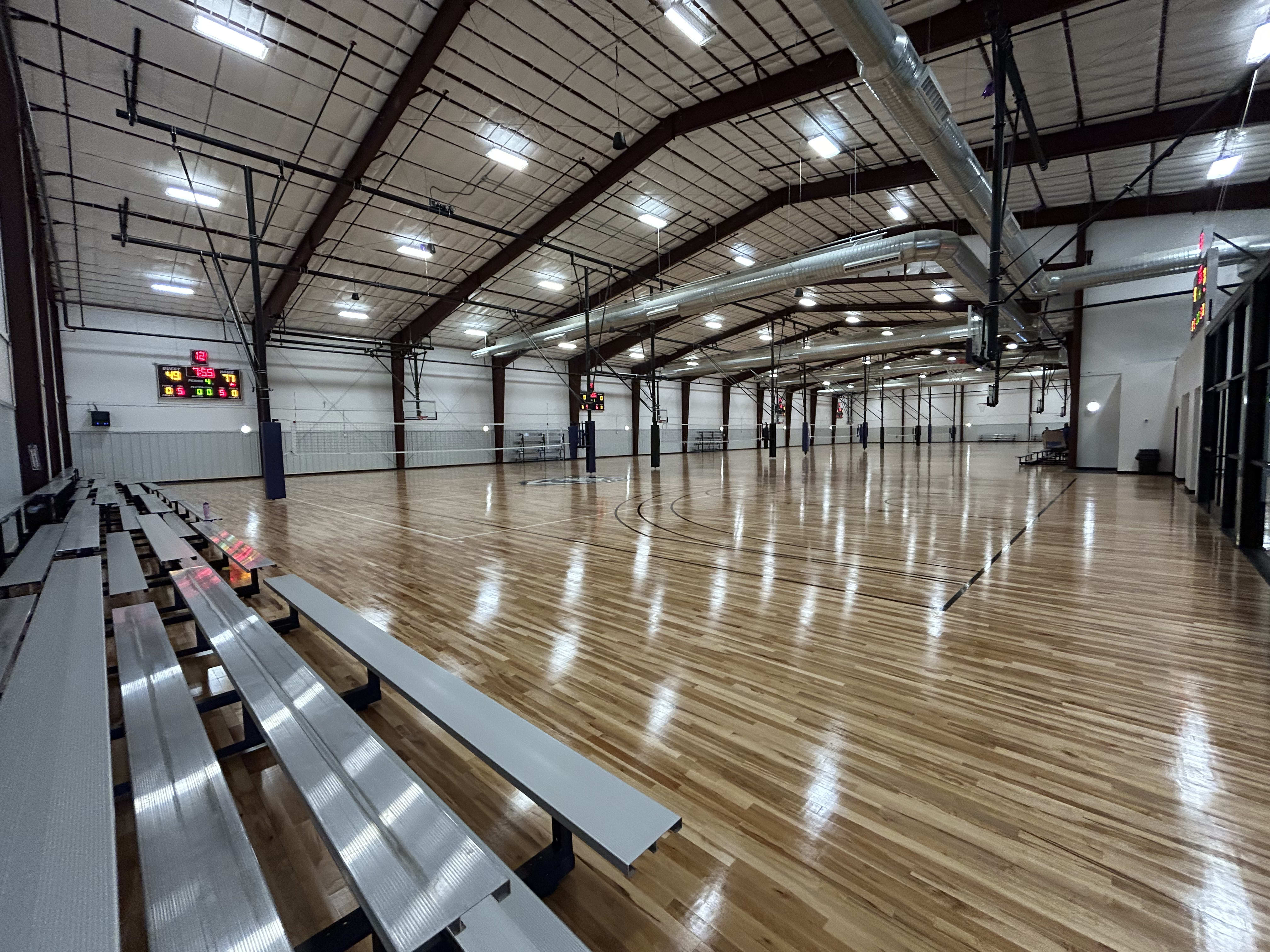Business - Building the Future
How Effective Leadership Transforms Construction Challenges into Triumphs
In the intricate dance of construction management, every delayed shipment and unforeseen obstacle can feel like a step backwards.
Yet, every setback not only tests your mettle but also the integrity of your entire project. It’s not just the concrete and steel that bear the weight of expectations—your leadership does too.
At the helm, the pressure to navigate through these challenges is immense.
But isn’t it true that the sweetest victories often come from overcoming the greatest challenges? You’ve seen it yourself: a well-timed decision or an innovative solution that turns a potential disaster into a landmark achievement.
These moments are more than just about managing resources or timelines; they’re testaments to visionary leadership.
As we explore how effective leadership can transform routine construction challenges into resounding triumphs, we focus on harnessing potential—yours and that of your entire team.
Let’s delve into how you can not just meet, but exceed expectations and set new standards in the industry.
The Pitfalls of Conventional Construction Management
Conventional construction management often relies on a waterfall approach, where projects progress through a linear sequence of stages.
- Imagine a project where each task follows another in strict order, like dominoes perfectly aligned.
- While this method might seem orderly, its limitations are notable, particularly its rigidity.
Consider a scenario where unexpected ground conditions delay foundation work:
- In a traditional setup, this halts the entire project.
- It leads to cost overruns and extended timelines.
This approach assumes predictability in an inherently unpredictable field, often forcing managers to operate reactively.
Furthermore, traditional risk management, more about containment than prevention, can feel like a game of whack-a-mole, dealing with problems as they arise rather than anticipating them.
Wouldn’t it be more effective to forecast and mitigate issues before they become evident?
Adaptive Leadership: A Revolutionary Approach
Adaptive leadership, designed for the unpredictable, dynamic field of construction management, champions flexibility, proactive problem-solving, and continuous stakeholder engagement.
It doesn’t just respond to changes; it anticipates them.
Key Elements of Adaptive Leadership Include:
- Dynamic Scheduling:
- Unlike traditional methods that set schedules in stone, adaptive scheduling uses technology to adjust timelines dynamically based on real-time data.
- For instance, if a material delivery is delayed, the schedule automatically updates to prioritize other work that can be advanced, ensuring that no time is lost.
- Integrated Team Structures:
- Projects benefit when architects, engineers, construction managers, and clients meet regularly to discuss progress and challenges.
- This integration fosters a collaborative environment where information flows freely and decisions are made swiftly and collectively.
- It contrasts sharply with hierarchical structures where decisions bottleneck at the top.
- Preventative Risk Management:
- Operates on the principle that an ounce of prevention is worth a pound of cure.
- By implementing advanced analytics and continuous monitoring, potential problems are identified and addressed before they can impact the project.
- For example, analyzing weather patterns might prompt a manager to reschedule certain outdoor tasks to avoid delays due to bad weather.
The Superiority of Adaptive Leadership
Why is adaptive leadership superior? It enhances efficiency, communication, and financial management significantly, leading to better project outcomes and client satisfaction.
Comparative Benefits:
- Efficiency Gains:
- Proactive measures of adaptive leadership replace reactive fixes.
- Projects are completed faster and with fewer resources because time isn’t wasted on lengthy problem-solving after issues have arisen.
- Communication:
- Ensures all team members are on the same page.
- Regular, structured communications reduce misunderstandings and make the project progress smoothly.
- This open dialogue is not just about sharing updates but also about brainstorming solutions collectively.
- Financial Management:
- Minimizes surprises that can blow budgets out of the water.
- With detailed tracking and real-time adjustments, budget overruns become a rarity rather than an expectation.
Addressing Counterarguments
Critics might argue that adaptive leadership demands too much upfront in terms of time and resources.
- While it does require an investment in technology and training, this initial outlay is quickly recouped through the efficiencies it creates.
Another common criticism is that increased communication could lead to decision paralysis.
- However, adaptive leadership counters this by establishing clear protocols for communication, ensuring decisions are timely and preventing stagnation.
Case Studies

Hearsay Arlington
The collaboration between Hill Building Group and Hearsay Arlington exemplifies our dedication to creating exceptional spaces that enhance the dining experience. Our meticulous construction and craftsmanship delivered a sophisticated and elegant environment that surpassed client expectations.
See Case Study
IMPACT Center Arlington, Texas gymnasium construction
The collaboration between Hill Building Group and the IMPACT Center in Southeast Arlington highlights our commitment to transforming spaces into dynamic community assets. Through a comprehensive renovation of the 40,000 sqft athletic complex, we helped revitalized the community, creating a central hub for health, wellness, and engagement.
See Case StudyCase Study—Hearsay Arlington:
- At Hill Building Group, our collaboration with Hearsay Arlington stands as a testament to our commitment to crafting exceptional spaces that elevate the dining experience.
- Through meticulous construction and craftsmanship, we created an environment of sophistication and elegance that not only met but exceeded client expectations.
Case Study—IMPACT Center:
- Our work with the IMPACT Center in Southeast Arlington exemplifies our dedication to transforming spaces into vibrant community assets.
- The comprehensive renovation of this 40,000 sqft athletic complex has revitalized the community, providing a hub for health, wellness, and engagement.
Navigating the labyrinth of construction management presents daunting challenges—from project delays to budget overruns. Yet, it’s precisely in these moments that the greatest opportunities for growth and innovation arise. One such example occurred during our work with Hearsay Arlington. Tasked with installing advanced signage and waypoints within the restaurant, we faced an unexpected hurdle: unusually stringent local zoning regulations and specific stadium-related requirements that were critical for the venue's proximity to a major sports complex.
As the regulations were far tighter than anticipated, requiring signage that was both high-impact yet compliant, our team had to think on their feet. We collaborated closely with local authorities and our legal experts to understand every nuance of the regulations. By leveraging our strong relationships and deep knowledge of regional codes, we devised a creative solution that maximized visibility without compromising on compliance. This not only ensured that Hearsay met all regulatory standards but also enhanced the guest experience, guiding them seamlessly through the bustling space.
This experience underlines how adaptive leadership turns potential roadblocks into pathways for innovation. By embracing the principles of adaptive leadership, your projects transform from mere tasks to triumphs of engineering and management. Remember, efficiency isn’t just a buzzword—it’s your secret weapon. With dynamic scheduling, integrated team structures, and preventative risk management, you’re not just meeting expectations—you’re exceeding them spectacularly.